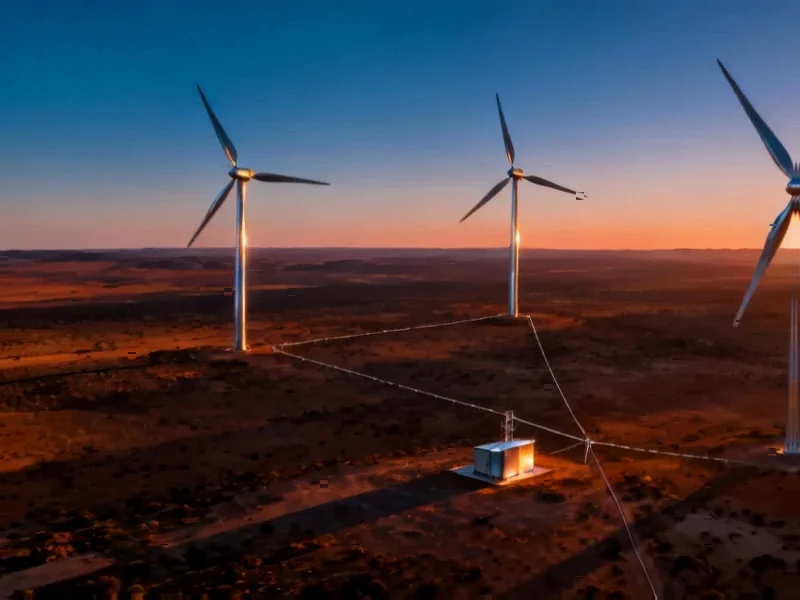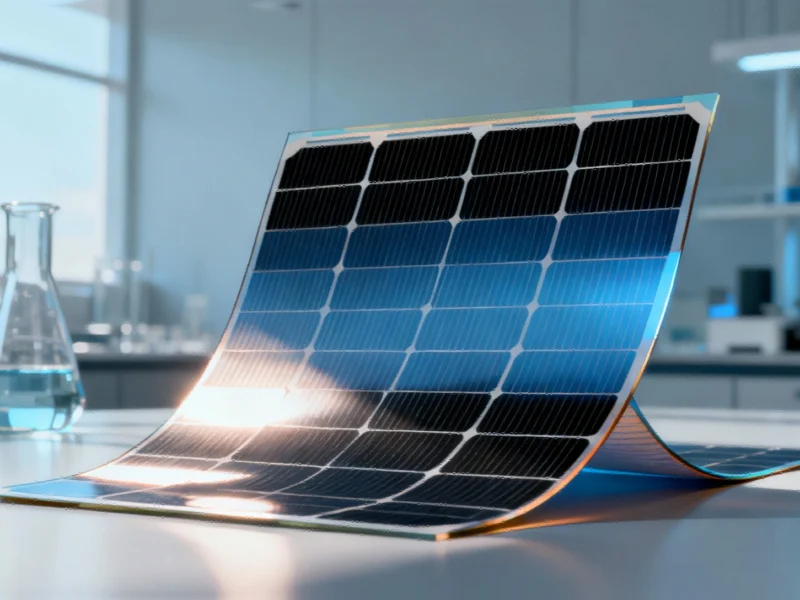The Critical Role of Energy Cost Data in Industrial Strategy
As industries worldwide accelerate their digital transformation and computing infrastructure expands, understanding the true cost trajectory of clean energy technologies has become a strategic imperative. Energy system models that inform corporate sustainability plans and government policies frequently rely on outdated or overly conservative cost projections, particularly for rapidly evolving technologies like solar photovoltaics and battery storage. This data gap can significantly impact industrial computing operations, where energy costs represent a substantial portion of operational expenses and sustainability commitments drive competitive advantage.
Table of Contents
Why Historical Projections Have Underestimated Clean Tech Progress
Recent analysis reveals that many traditional energy models have consistently underestimated the pace of cost reduction in renewable technologies. Solar PV costs have fallen approximately 85% since 2010, while lithium-ion battery prices have dropped nearly 90% over the same period—far exceeding most expert predictions. This persistent cost projection pessimism has created a feedback loop where conservative estimates lead to conservative investments, potentially slowing the clean energy transition at precisely the moment when acceleration is most needed., as previous analysis
The consequences extend beyond mere forecasting errors. When industrial computing facilities plan their energy infrastructure based on outdated assumptions, they may underinvest in renewable energy solutions that could provide both economic and environmental benefits. Data centers, manufacturing plants, and research facilities making long-term energy decisions today need access to the most current and comprehensive cost data available.
New Database Captures Evolving Clean Technology Economics
A recently compiled harmonized dataset addresses this critical information gap by aggregating cost projections from studies published since 2020. Unlike previous compilations that ended with 2018 data, this resource reflects the latest understanding of technology learning rates, supply chain dynamics, and policy impacts. The database systematically organizes projections through 2050 for four key technology categories:
- Utility-scale solar and wind – Now the lowest-cost new generation sources in most markets
- Rooftop photovoltaic systems – Increasingly competitive with grid electricity prices
- Concentrated solar power (CSP) – Dispatchable renewable generation with integrated storage
- Lithium-ion stationary storage – Critical for grid stability and renewable integration
- Clean hydrogen production – Emerging as a seasonal balancing option and industrial fuel
Practical Applications for Industrial Computing Operations
For industrial computing facilities, this data enables more informed strategic planning across multiple dimensions. Companies can perform accurate total cost of ownership calculations for on-site renewable generation, assess the economics of behind-the-meter storage for peak shaving, and evaluate power purchase agreement structures with greater confidence. The temporal granularity—annual projections to 2050—allows for sophisticated financial modeling that aligns with typical infrastructure investment horizons.
The exclusion of technologies like geothermal, bioenergy, and nuclear from the dataset reflects practical considerations rather than ideological bias. These technologies face challenges in standardized cost comparison due to high site specificity and limited forward-looking data across multiple scenarios. For industrial applications, this focused approach actually enhances utility by concentrating on technologies with broadly applicable cost structures.
Bridging Data Gaps for Smarter Energy Decisions
The value of harmonized clean energy cost data extends beyond simple price tracking. By providing consistent formatting, comprehensive metadata, and systematic cleaning, the dataset enables industrial operators to:
- Compare technology costs across different regions and deployment scenarios
- Model energy infrastructure investments with reduced uncertainty
- Identify optimal technology mixes for specific operational requirements
- Benchmark current project economics against forward-looking trends
As industrial computing continues to grow in both scale and energy intensity, access to reliable clean energy cost projections becomes increasingly critical. The transition to sustainable operations depends not just on technological capability but on accurate economic intelligence that enables strategic decision-making. With better data, industrial operators can accelerate their clean energy adoption while maintaining competitive operational costs—a crucial balance in an increasingly sustainability-focused business landscape.
The ongoing refinement of clean technology cost projections represents more than an academic exercise—it’s a practical tool for industrial leaders navigating the complex intersection of computational demand, energy management, and environmental responsibility. As these projections continue to evolve, they’ll play an essential role in shaping the future of industrial computing infrastructure worldwide.
Related Articles You May Find Interesting
- Targeting immunosuppressive myeloid cells via implant-mediated slow release of s
- How OpenAI’s “Project Mercury” is Reshaping Finance Careers Through AI Automatio
- Quantum Computing Breakthrough: Individual Nuclear Spins Achieve Record Coherenc
- Gene-Editing Nanoplatform Overcomes Tumor Resistance to Boost Cancer Vaccine Eff
- The Race to Revolutionize Battery Technology: Eliminating Forever Chemicals for
This article aggregates information from publicly available sources. All trademarks and copyrights belong to their respective owners.
Note: Featured image is for illustrative purposes only and does not represent any specific product, service, or entity mentioned in this article.



